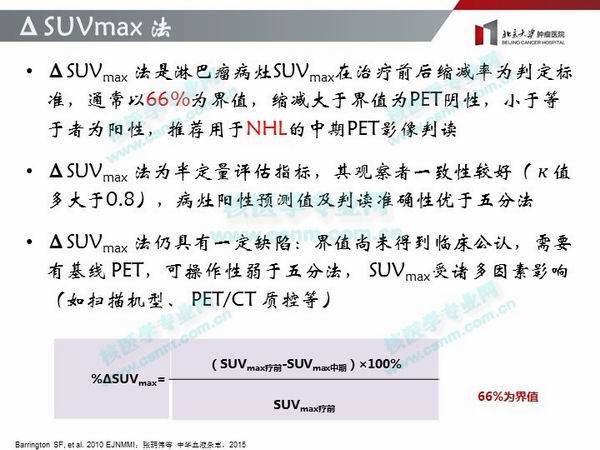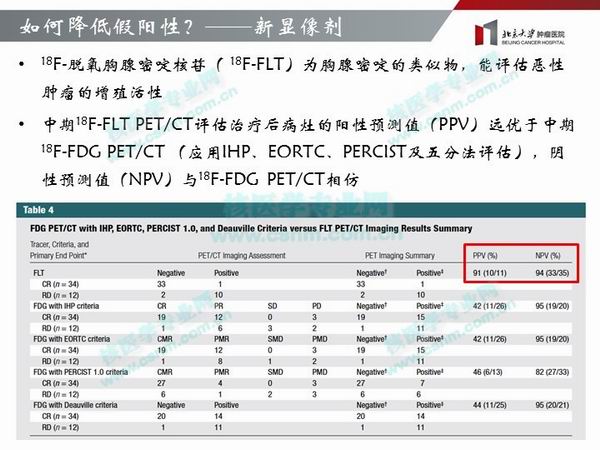to include "pet" or "ct scan" while keeping it SEO-friendly. Here's a suggestion:
Guide or Summary:PET Scan for Pet Owners: Understanding and Interpreting ResultsPET Scan for Pet Owners: Understanding and Interpreting ResultsNow, let's mo……
Guide or Summary:
PET Scan for Pet Owners: Understanding and Interpreting Results
Now, let's move on to the detailed English description:
---
**PET Scan for Pet Owners: Understanding and Interpreting Results**
PET (Positron Emission Tomography) scans have become an invaluable tool in the field of veterinary medicine, offering a non-invasive way to assess the metabolic activity of a pet's tissues. This advanced imaging technique is particularly useful for diagnosing various conditions, from cancer to neurological disorders. As pet owners, understanding the basics of PET scans and how to interpret the results can help ensure your furry friend receives the best possible care.
**What is a PET Scan?**
At its core, a PET scan is a nuclear imaging technique that uses a radioactive substance, called a tracer, to map metabolic processes within the body. During the scan, the pet is given an injection of this tracer, which is absorbed by various tissues based on their metabolic activity. A special camera then detects the tracer's emissions, creating detailed images of the body's internal organs and tissues.
**Why Use a PET Scan?**

PET scans are particularly beneficial for diagnosing conditions that are difficult to detect with traditional imaging methods, such as X-rays or ultrasounds. They can reveal the presence and extent of diseases that may not be visible through other means, providing a more comprehensive view of the pet's health.
Some common applications of PET scans in veterinary medicine include:
- **Cancer Diagnosis and Staging**: PET scans can identify cancerous tumors and determine their size and spread, helping veterinarians develop an effective treatment plan.
- **Infectious Diseases**: They can detect the presence of certain infections, including those that affect the lymphatic system.
- **Neurological Disorders**: PET scans can provide insights into brain and spinal cord conditions, such as epilepsy or dementia.
- **Cardiovascular Issues**: They can assess the heart's function and detect abnormalities related to blood flow or oxygenation.

**Understanding the Results**
Interpreting the results of a PET scan requires a careful analysis of the images and the tracer's uptake in different parts of the body. Veterinary radiologists and oncologists are trained to recognize patterns and abnormalities that may indicate disease.
Key aspects to consider when interpreting a PET scan include:
- **Tracer Uptake**: Areas with high metabolic activity will show increased tracer uptake, which can indicate inflammation, infection, or cancer.
- **Tumor Characteristics**: The size, shape, and location of tumors can provide valuable information about the type and aggressiveness of the cancer.
- **Normal vs. Abnormal Tissue**: Healthy tissues typically have a uniform tracer distribution, whereas abnormal tissues may show areas of increased or decreased tracer uptake, suggesting disease.

**What to Expect**
Before the scan, your pet will need to undergo a preparation process, which may include fasting or medication to ensure accurate imaging. During the scan itself, your pet will be placed in a PET scanner, which is similar to a large doughnut-shaped machine. The process is typically quick and painless, with the tracer's emissions being detected over a period of a few minutes.
**Conclusion**
PET scans offer a powerful tool for diagnosing and managing a wide range of conditions in pets. By understanding the basics of how PET scans work and how to interpret the results, pet owners can play an active role in their furry friend's healthcare journey. Always consult with your veterinarian to discuss the potential benefits and risks of a PET scan for your pet's specific needs.
This description provides a comprehensive overview of what a PET scan is, why it's used, and how to interpret the results, all while incorporating the necessary SEO elements to ensure it's optimized for search engines.